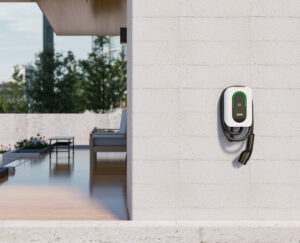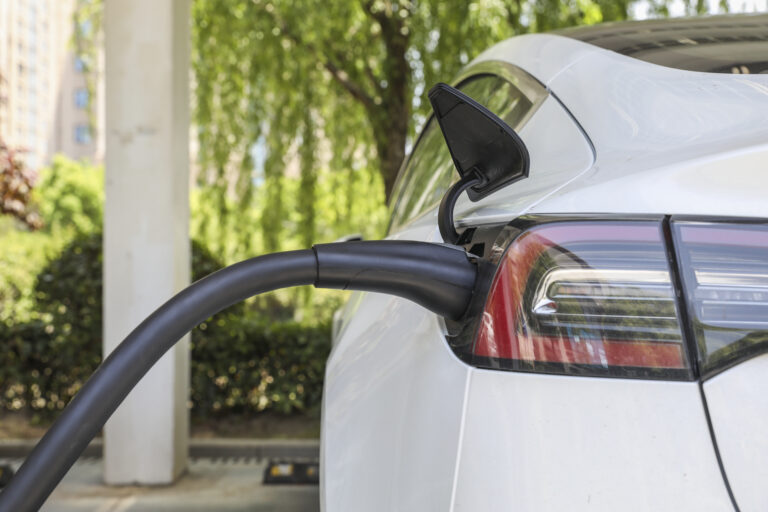
Vehicle-to-Grid (V2G): The Future of EV Charging and a Smarter Energy Grid
Vehicle-to-Grid technology is redefining the role of electric vehicles, turning them into dynamic energy assets that benefit drivers, utilities, and the planet.

Anyone thinking about buying an e-car suddenly has to get to grips with electrical engineering and power grids. Otherwise, he may unintentionally buy a snore charger.
Long charging times are annoying. One of the most important reasons for scepticism about electric cars is the fear of having to wait for hours next to the wallbox. This is often justified – at least if a model with a single-phase on-board charger is connected.
Such vehicles are not made for German customers – and they are anything but ideal. Nevertheless, manufacturers offer them in this country, not infrequently without an alternative.
Single-phase charging means that the electric car is only connected to one of the three live strands of the thick power cable that leads into every household and to every AC charging station in this country. As a result, it only uses a third of the maximum power – so instead of around 22 kilowatts (kW), it only sucks a little more than 7 into its battery. And this is only theoretical, because many single-phase e-cars limit themselves to 6.6 kW.

But even this power does not really flow in Germany: because in this country, for technical and legal reasons, the power output of a single phase is throttled to 230 volts/20 amps, i.e. to 4.6 kW. That is only about one fifth of the theoretically possible value that an electric cooker connected to all three phases draws from the grid. The background to this is the “Schieflastverordnung” (Ordinance on Unbalanced Loads) that is in force in Germany. It is intended to prevent the excessive load of individual electricity phases, which in extreme cases could lead to a local blackout.
The on-board charger in the vehicle, which regulates charging on the alternating current, is decisive for whether an e-car charges on one, two or three phases. Many manufacturers use single-phase devices. Mainly for cost reasons. More on this later.
But first, let’s look at the practical side of the problem: If the charging power drops by a factor of five, the charging time increases by the same amount. If you want to fill up a standard battery with a capacity of 45 kWh, you can do so in a little more than two hours on a 22-kW line.
A typical 11 kW wall box, which could be installed in many German garages at a reasonable financial and technical cost, would take four to five hours. If you plug in your empty car in the evening, you could get into a full one in the morning. That is, provided that the car could also charge the three-phase electricity provided.
If it cannot, because only a single-phase charger is on board, the car has to make do with 4.6 kW and hangs on the same wallbox for almost ten hours. Charging overnight is difficult in such a case – if there are other e-cars or heavy consumers on the same line, it becomes impossible even for late risers.

(Source: jointcharging.com)
The snore-like charging behaviour is not only a nuisance at the wallbox at home. A single-phase car does not charge any faster at public charging stations either. Plugging in for a short time in the city while doing the shopping has little effect on the energy supply. If in doubt, it’s better to save yourself the hassle of wiring.
Why do electric car manufacturers install single-phase chargers at all? It has to do with economic considerations and national peculiarities. While in Central Europe every household and many industries are connected to a three-phase network, in other countries electricity flows only in one phase.
Among others, in the USA, Japan and Korea – where many e-car manufacturers have their headquarters. When they develop a vehicle, they save on the three-phase charger because it would be useless anyway. However, this frugality has so far stopped when they export their cars to Europe: Models like the Nissan Leaf, the Kia E-Soul or the US-developed Opel Ampera-E have single-phase chargers on board.
A three-phase model is usually not even available at extra cost. But it is not only imported models from overseas that have the problem. The British Jaguar I-Pace, most plug-in hybrids from German manufacturers, early BMW i3s or even the brand-new Opel Corsa-E also charge single-phase. At least there is a three-phase charger for the small car from Rüsselsheim for an extra 750 euros.

Vehicle-to-Grid technology is redefining the role of electric vehicles, turning them into dynamic energy assets that benefit drivers, utilities, and the planet.

At this ACT Expo, Joint Tech will unveil its latest advanced commercial Level 2 charging solution, designed to enhance the user experience. Meanwhile,powered by new technology, our commercial chargers effectively address multiple challenges encountered in real-world applications.

The new tariffs imposed by the United States have once again caused global economic tension.In order to respond to the impact on the global supply chain, Joint new factory in Malaysia offers favorable tax rates.